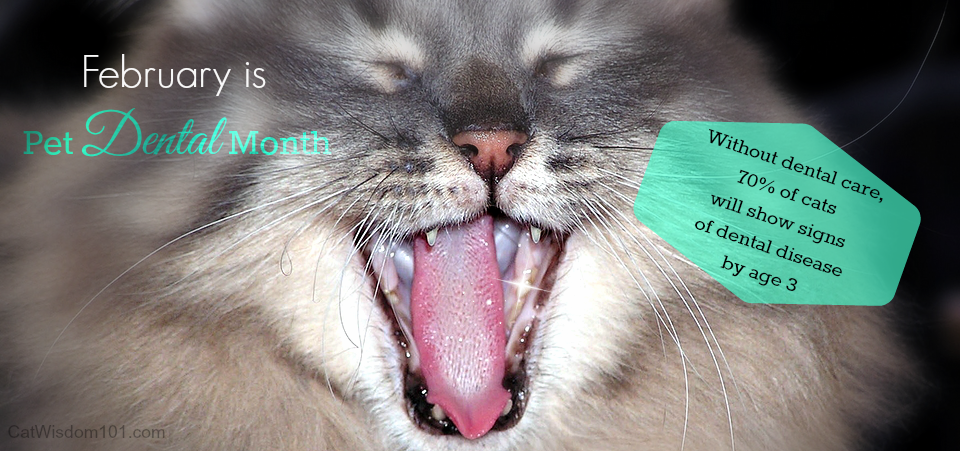
Smile and Show The Love: National Pet Dental Month
February is National Pet Dental Health Month but every month is important for your cat’s dental health. Find out why with our timely tips. Updated 2019.
Did you know by age 3, 70% of cats show signs of periodontal disease? It’s Cat Love Month. Let’s show our cats true love by caring for their teeth. I confess to having minimal success with brushing my cats’ teeth and use dental gels and drinking water additive instead.
Our dear friend and mentor the late Lorie Huston DVM shares her dental tips to give pet parents something to smile about.
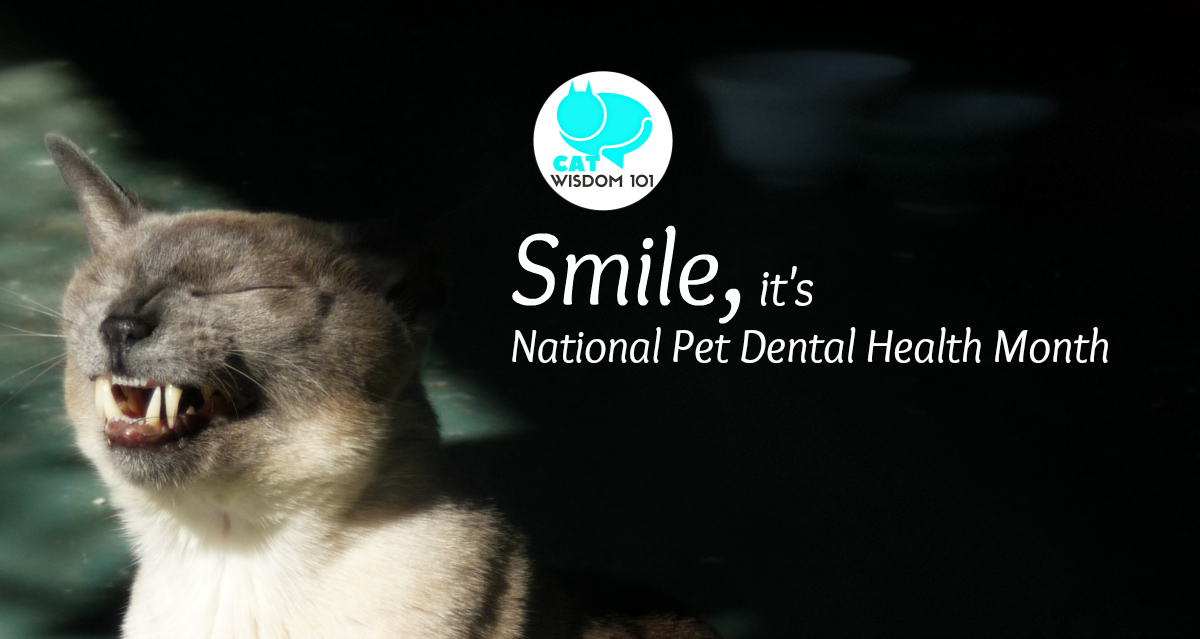
Feline Dental Care Tips by Dr. Lorie Huston DVM
Make no mistake; your cat does need proper dental care. Without it, he could suffer pain from bad teeth and other dental diseases as well as being at risk for even more serious illnesses, like heart and kidney disease.
Adequate dental care for your cat depends on both home care and veterinary care. At home, brushing your cat’s teeth is the gold standard in dental care. With patience, training and practice, most cats can be taught to tolerate having their teeth brushed. Training your cat as a kitten is helpful but older cats can be taught as well.
- Start slowly, moving one step at a time and allowing your cat to adjust before moving on to the next step.
- Start by simply using gauze on your fingertip to rub your cat’s teeth and gums.
- Then move on to the toothbrush, at first merely placing the brush against the teeth. Once you can place the brush on your cat’s teeth without reaction, start moving the brush in a circular motion.
- The last step is introducing the toothpaste. Use only toothpaste designed for cats.
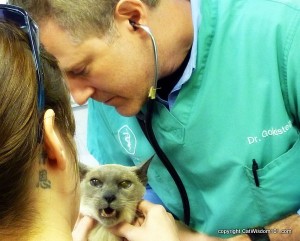
Merlin being examined by his vet.
For cats that will not accept having their teeth brushed, other alternatives are available. These include dental chews like Greenies for Cats. Foods formulated for dental control can be helpful to some extent as well. However, these alternatives are not likely to be as effective as brushing and may necessitate more frequent veterinary dental examinations and cleanings.
During the course of your cat’s regular examinations, your veterinarian will perform a cursory exam of your cat’s mouth. However, veterinary dental care for your cat will involve anesthesia. Without anesthesia, your veterinarian will be unable to adequately examine your cat’s teeth.
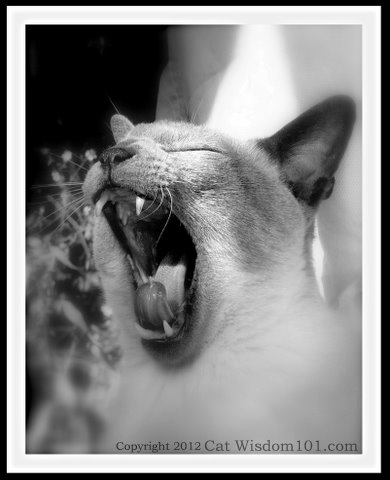
There are several steps to a thorough oral examination.
- First, your veterinarian will examine each individual tooth as well as the other structures in your cat’s mouth looking for evidence of dental disease and other abnormalities in your cat’s mouth. Radiographs (x-rays) of your cat’s mouth may be necessary as well as part of the oral exam.
- Next, your veterinarian will clean your cat’s teeth. This cleaning must be done while your cat is anesthetized as well. A special ultrasonic dental cleaning device is used to remove the tartar and plaque not only from the visible surfaces of your cat’s teeth but also from under the gum line, which is where dental disease starts.
- Finally, your veterinarian will develop a plan to treat and/or control any disease found in your cat’s mouth. Treatments may range from more vigilant at-home care to root canals or even extraction of diseased teeth, depending on the condition of your cat’s mouth.



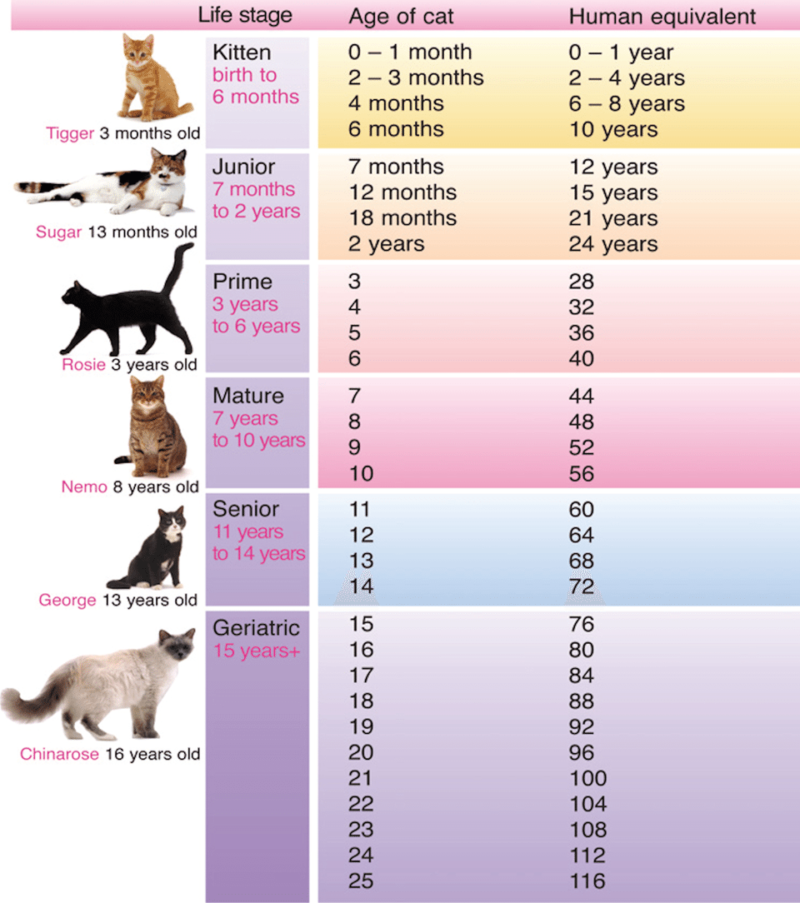
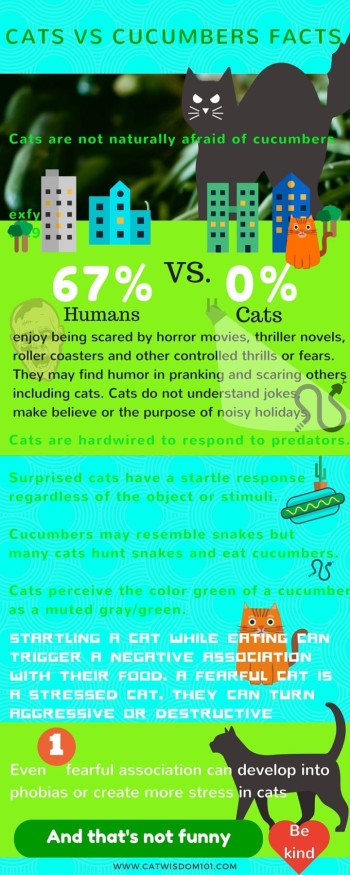

16 Comments
Connie Marie
Great news and information on the importance of dental work.
I’ve had such terrible dental experience, I’ve always put it on the back burner. NO MORE!!
Merlin, nice mouth shot.
Cathy Keisha
Great post. My vet takes her life into my hands when looking at my teeth. I’m as feral as I seem. We have to rely on treats since I refused to drink water after some dental thing was added to it. I’ll be writing something later in the month.
Sue Brandes
Very great post. Important info.
Flynn
Lots of interesting facts there. I am lucky that Flynn is good to have his teeth brushed. He and Eric were started at an early age. I use the small round head from an electric toothbrush and he accepts it much better than the finger toothbrushes.
Panky
MeWow! Lots of impawtant information.
Me and brofur won’t let DaMa brush our teefs but we tolerate her checking our moufs.
The Swiss Cats
Great post ! You really made Mum aware of dental health, but we don’t know if we shall thank you for teaching her how to brush our teeth ! Purrs
Skeeter and Izzy
Gotta have that Catgate smile!!!!
Thank you both for stressing the dental care side of things. It is now coming to light that humans with gum disease and dental issuesappear to have a greater chance of suffering from dementia etc. so this may also prove to be true in cats.
Luvs
Skeeter and Izzy and the Feral Gang + Twig & Peanut & Romeo >^..^<
Layla Morgan Wilde
That’s an interesting link and makes sense.
Marilia
I love to read this post.
Thanks to share.
Caren Gittleman
fabulous post, just tweeted! xoxo
da tabbies o trout towne
doodz & “N”…thanx for de help full post two…& thanx for kleerin up de mythz bout anesthesia for seniorz ♥♥♥♥
The Island Cats
We know how important dental health is for us cats! Though we still won’t let the mom brush our teefs.
easy rider
I agree with you, dental issues can cause so much bad things. And dentures for pets are as expensive as artificial chompers for humans. we made that sad experience once as we needed a new canine tooth for one of the huskies :o(
Austin Towers
My mouth is like a magnet for The Staff and vets!! She watches me like a hawk because of the stomatitis! Those are very excellent tips!
Pawesome Cats
Dental health is so important for kitties…as the foundation for their overall health and wellbeing. Thanks for sharing.
Summer
My human is a dental fanatic – in fact, she does not have a regular doctor, but she has a dentist she sees twice a year without fail! For being older cats, Binga and Boodie have pretty decent teeth, and my human is already brushing mine to get me started off right.